Memory Drawing Exercise
Have you ever wanted drawing to be easier?
Here is how to do it: stop trying to make drawing easier. Instead, let’s make it harder. 🙂
Do you have 5 minutes? Let’s try it together!
If you want to improve your accuracy, this is a set of memory drawing exercises that I’ve found to be very effective.
Step 1: Materials
Pick up a pencil, two sheets of paper, and a ruler.
Step 2: Draw Shapes
Choose one sheet of paper (let’s call this sheet A) and draw 3 things on it:
- 1. A distance between two marks.
- 2. One angled line.
- 3. One triangle.
Step 3: Setup
We are now going to place these two sheets in different rooms. You can put both of them on a flat surface or tape both of them to the wall.
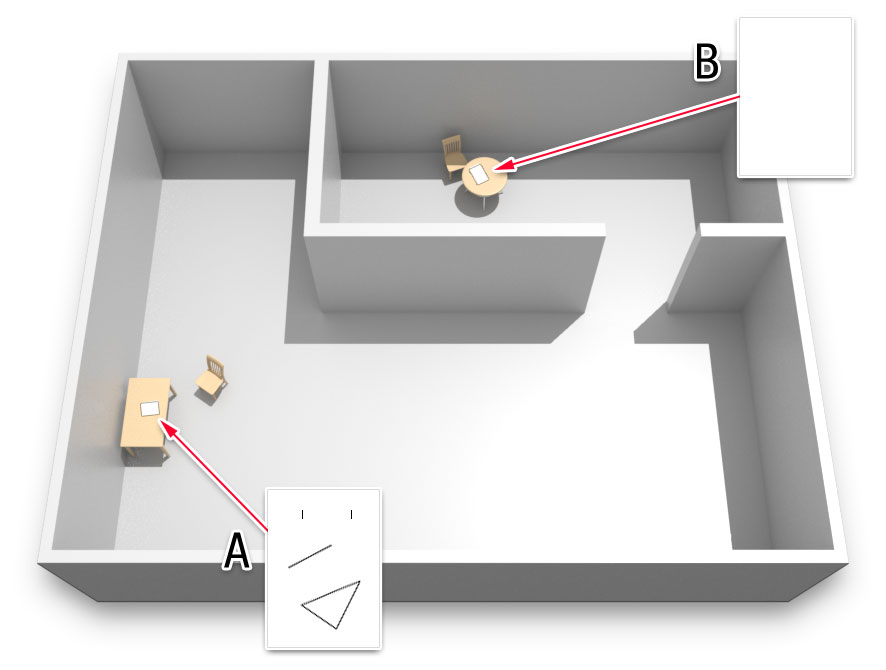
Step 4: Memory Drawing!
Ready? You have one goal: re-draw the shapes on the blank sheet by walking back and forth between (A) and (B).
The rules
- You cannot use any measuring tools while observing.
- You can walk back and forth as many times as you like.
How to do it
I recommend working through the shapes one by one and check at the end. So let’s begin. Stand in front of the page with the shapes (A). Look at the two marks and look at the distance between them. Important: when observing, keep your hands behind your back or relaxed by your side at all times. Use your eyes to measure.
When you have a good sense of this distance, walk to the other room and draw the same distance on the blank paper (B). Important: place your initial marks lightly, so you can easily move and erase them.
Now return to the page with the shapes (A) and look at the original distance again. Ask yourself: are the marks I have drawn further apart or closer together? Return to your drawing in the other room. Refine the distance. Again, keep your marks light. As you gain more confidence, allow your marks to become darker.
Continue going back and forth like this until you feel really good about the distance. Then do the same with the inclined line, and then the triangle.
This is meant to be difficult.
With the distance, your main goal is to match the distance between the marks.
With the line, your main goal is to match the inclination of the line in relation to the sides of the paper.
With the triangle, your main goal is to match the shape itself. If you want an extra challenge, aim to match the size as well.
Step 5: Check Your Accuracy
To see how you did in this session, collect both sheets and hold them up against a window or light source.
Where did your marks deviate? Are you surprised by how close you got? Shocked by how far off you were?
What can you learn from this?
Making drawing easier
I opened this article with a suggestion that the way to make drawing easier, might be to make it harder. You can experience this for yourself with another small experiment. Draw the triangle again, but this time instead of going to another room, draw it right next to the original shape. It should be so easy that it almost feels like cheating. Make it hard to make it easy. What else can you apply this insight to?
PS. If you want to dig deeper, here is Horace Lecoq de Boisbaudran’s book The Training of the Memory in Art and the Education of the Artist.
You might also enjoy this walkthrough of how to draw from observation.
If you want to follow along, here is a recording of a related livestream:

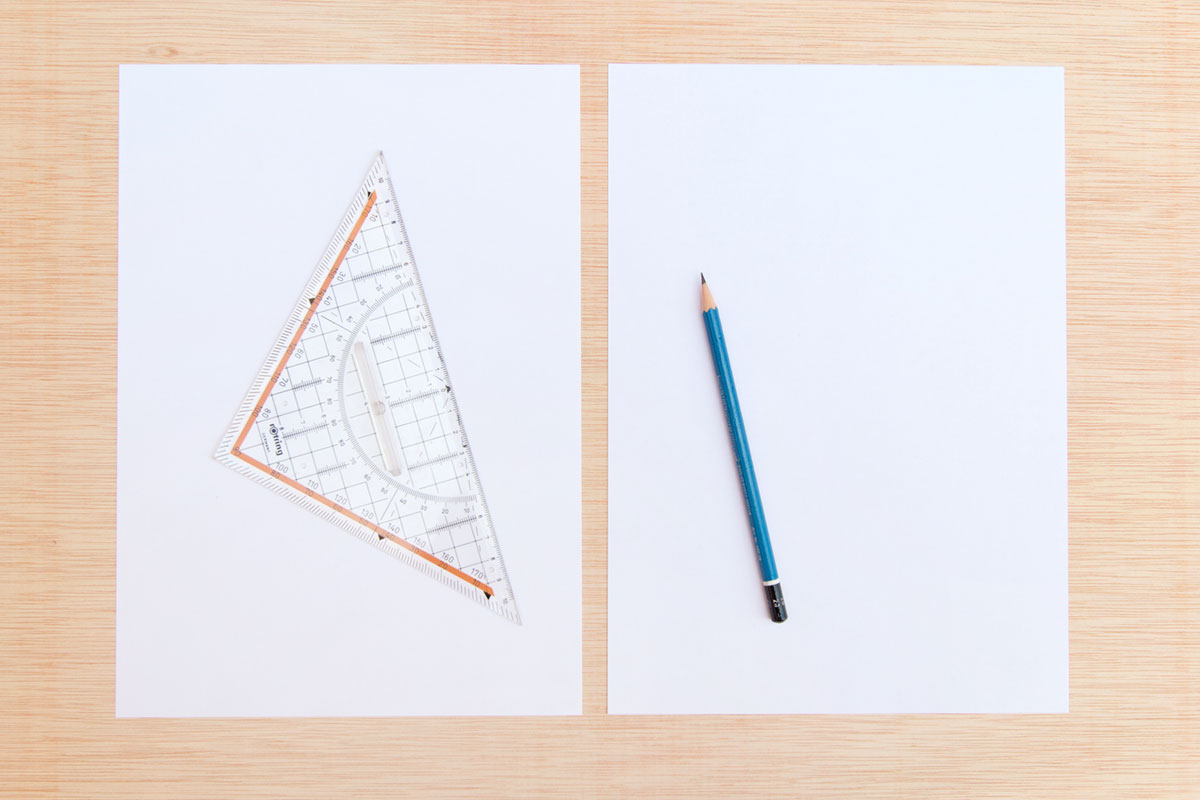
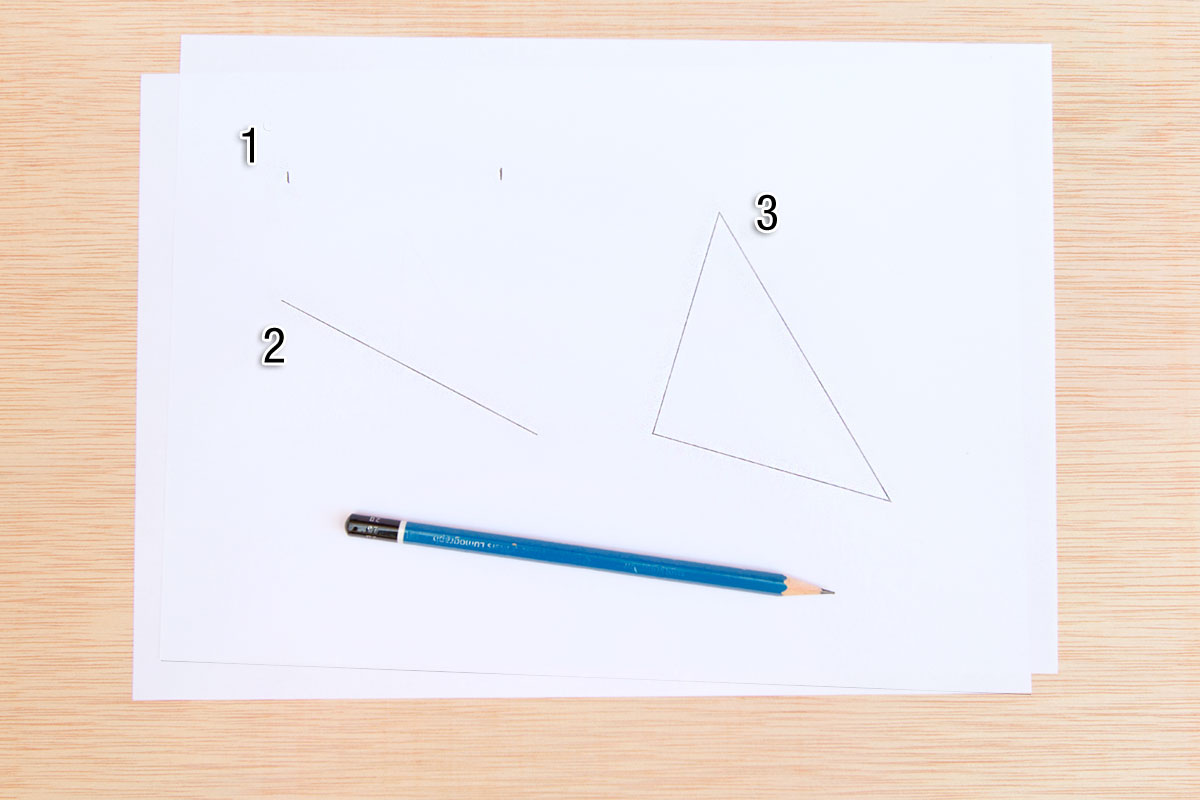
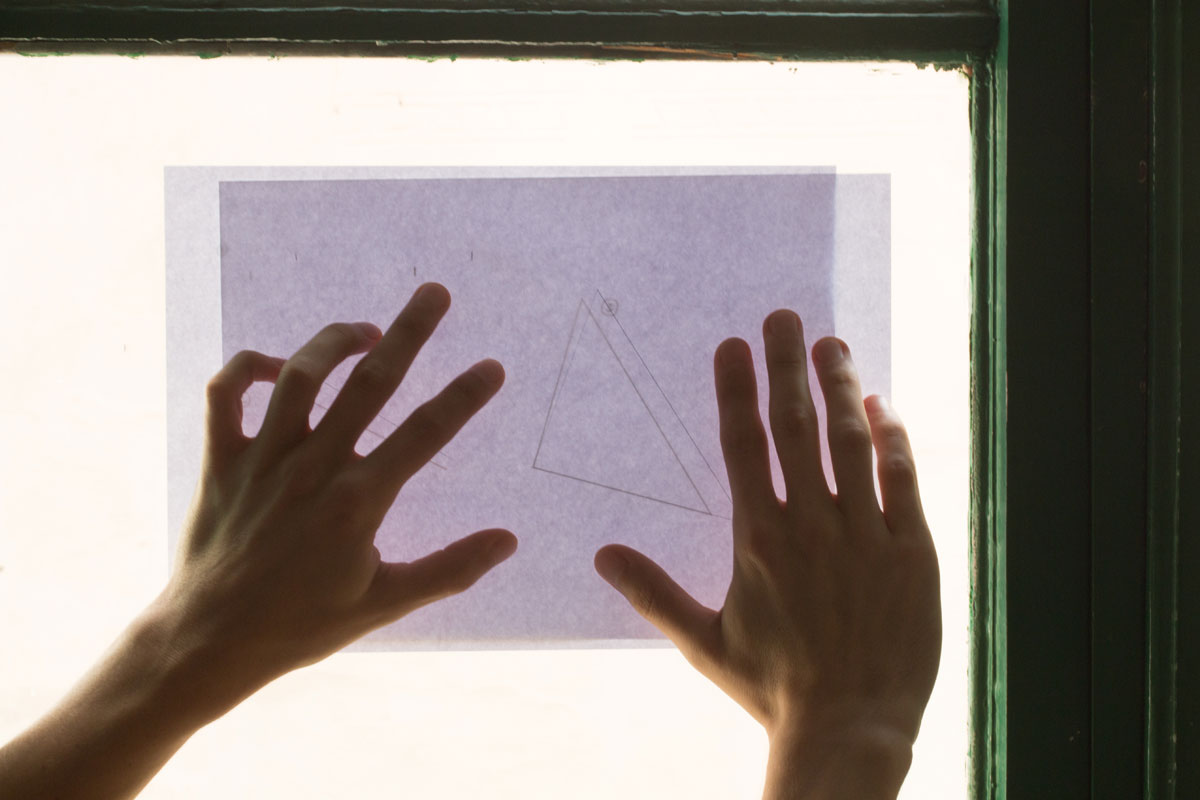
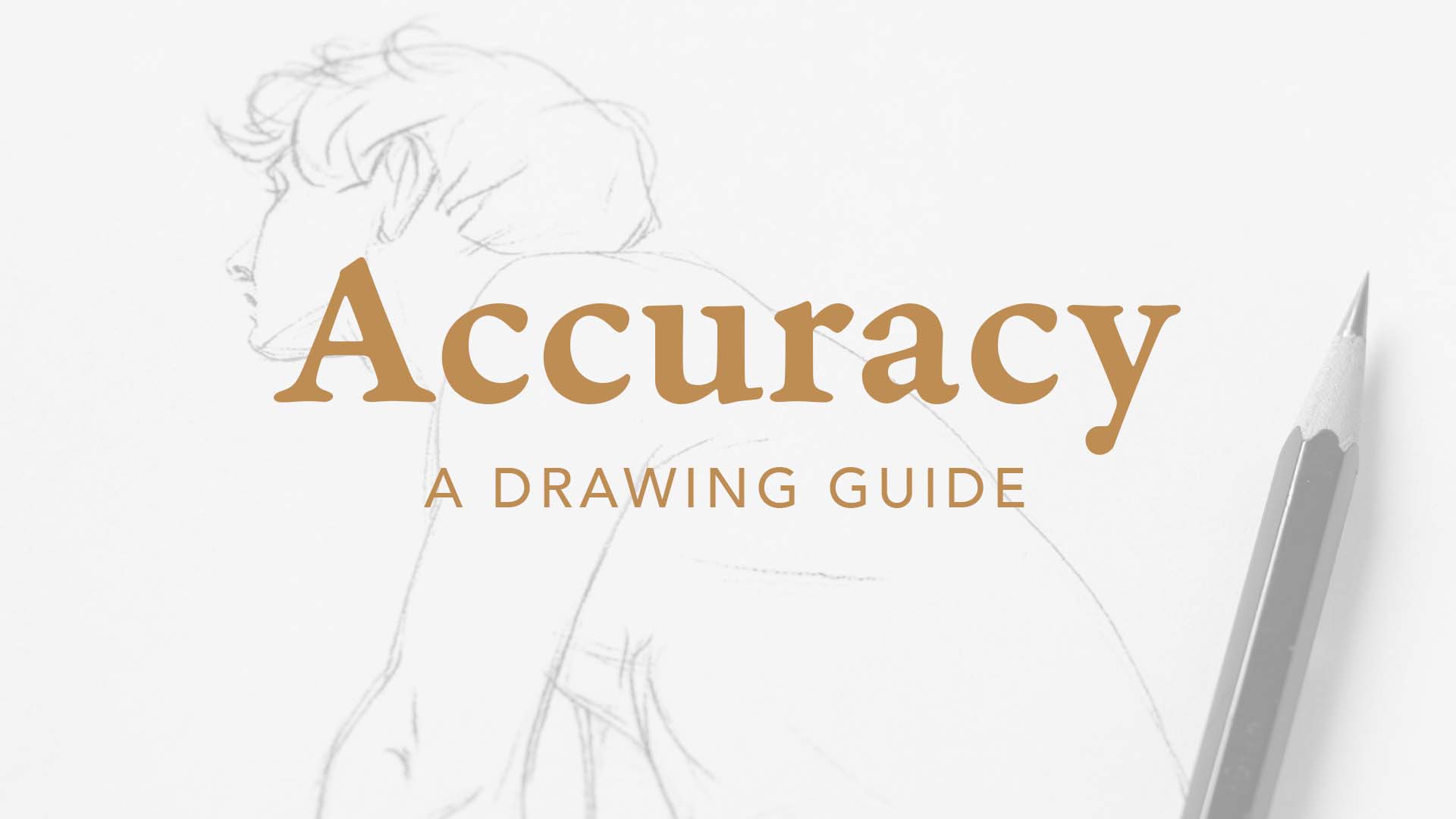
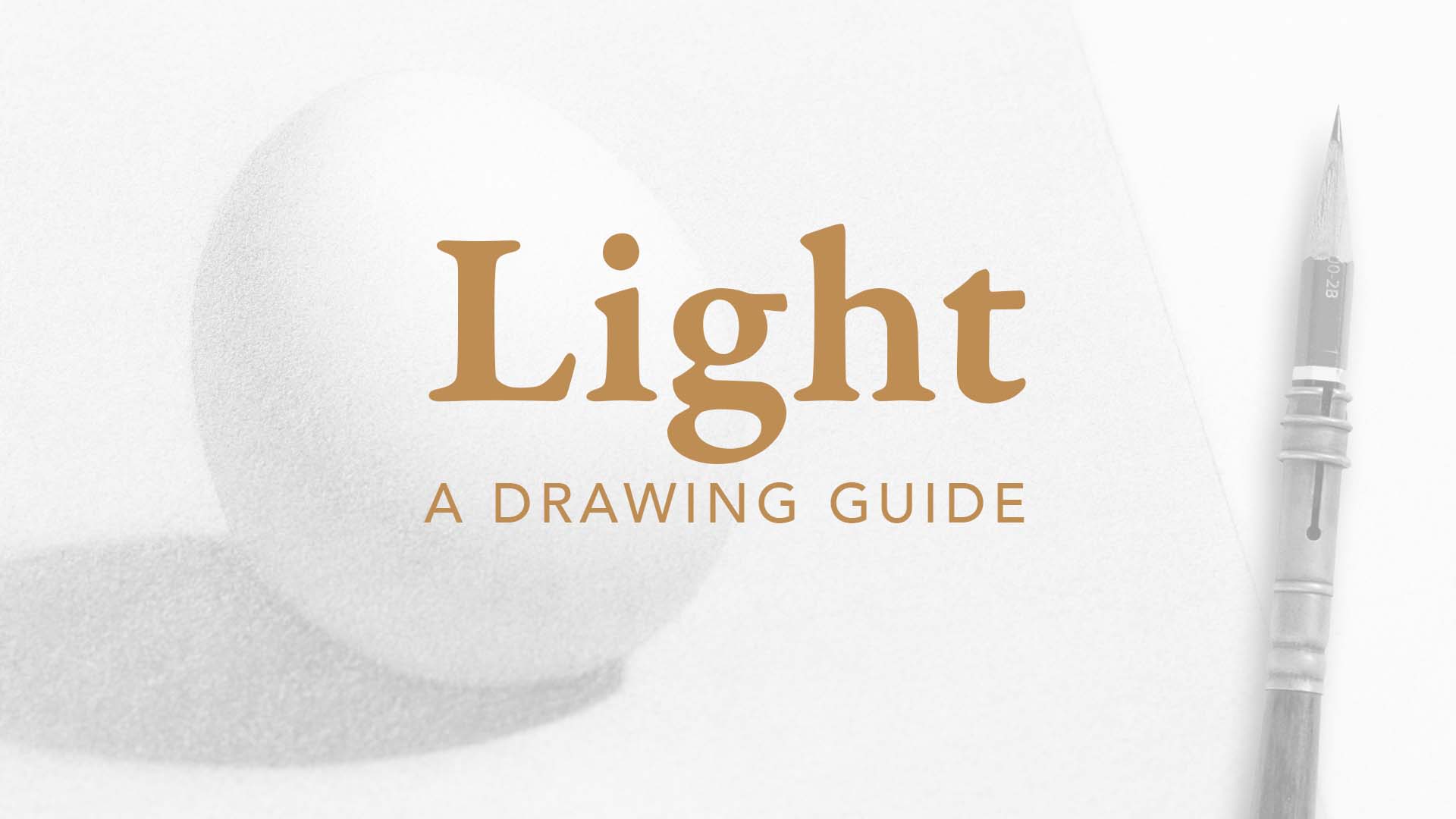
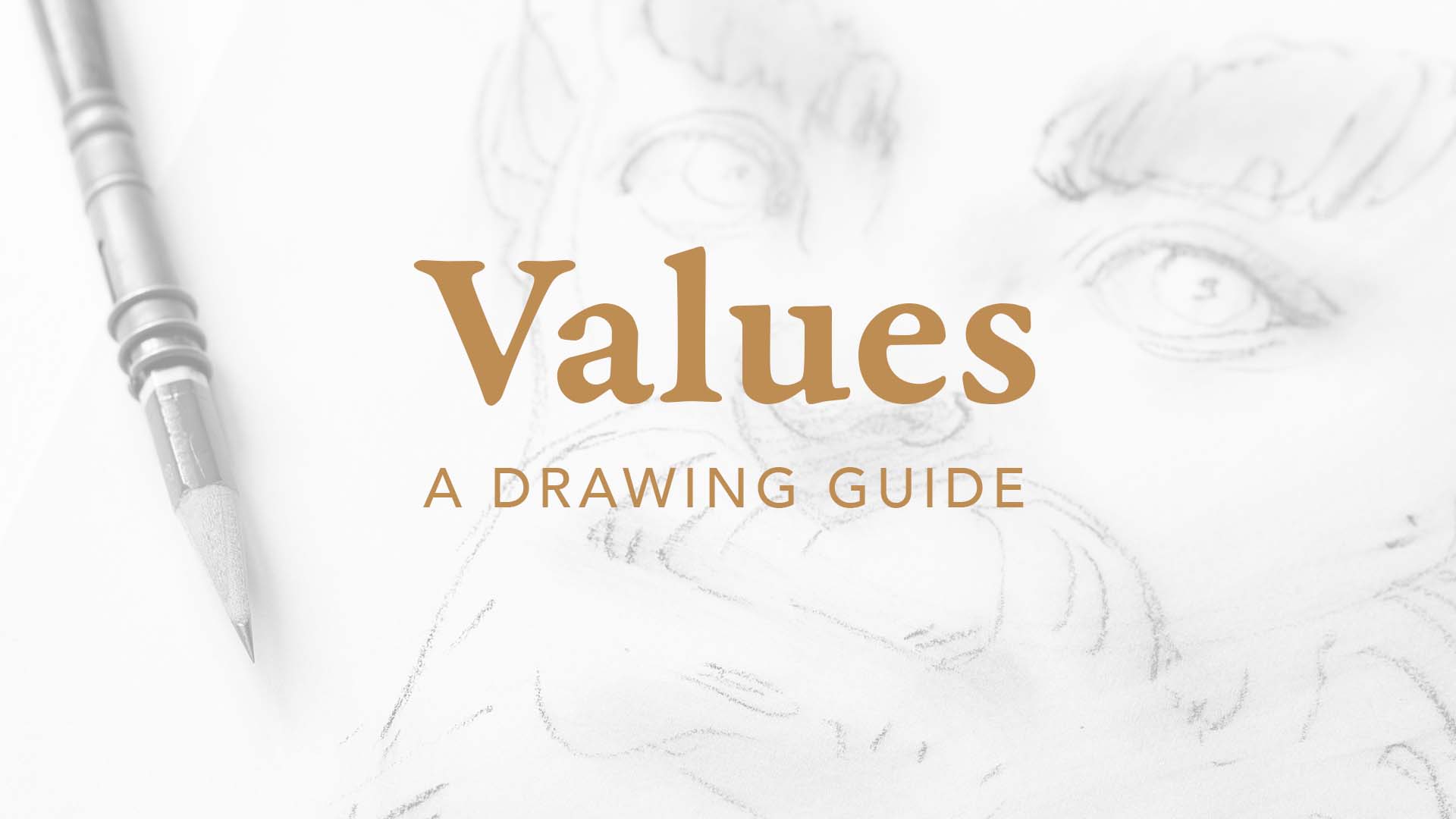
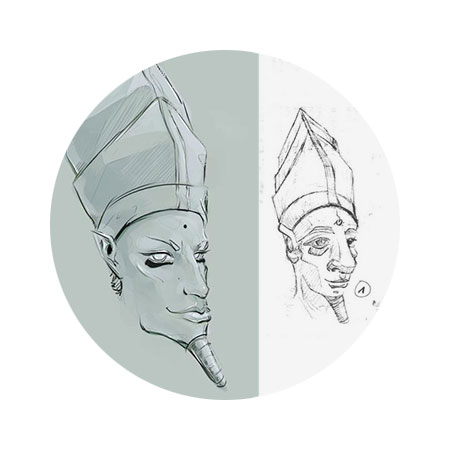
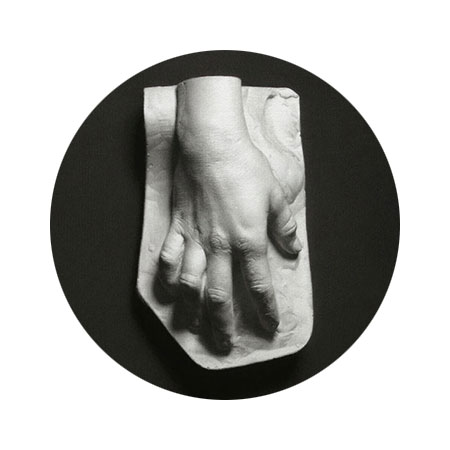
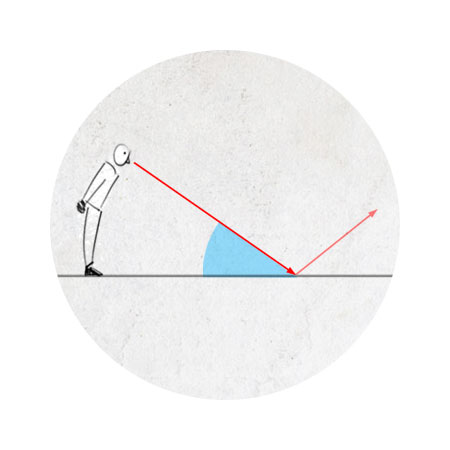
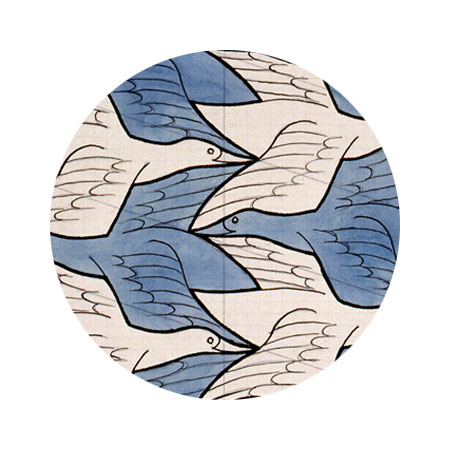
Seems like it will be much easier to do using layers in Procreate but is that somehow cheating?
Hi Kate!
What makes memory drawing effective is the time that passes between looking at the reference and looking at your drawing.
Physically separating the two makes the exercise simple. Your mind can focus on seeing and remembering.
Please I want advanced memory drawing techniques because ican draw anything from memory except the human faces
Hi Dinesh,
Take a look at the book “Training of Memory in Art” by Lecoq de Boisbaudran.
PDF here, more information here.